Transporting skis can be tricky, but keeping your gear safe and your drive stress-free is simpler than you think. Whether you’re using compact Snowfeet* short skis or full-length models, here’s the gist:
- Inside Your Car: Short skis like Snowfeet* Skiskates (17 inches) or Skiblades (26–47 inches) fit easily in your trunk or even a backpack. Use towels or ski bags to prevent scratches, secure them with straps, and keep your visibility clear.
- On a Roof Rack: If space is tight, mount your skis on a roof rack. Short skis are easier to handle, create less wind resistance, and won’t mess with your car’s balance or fuel efficiency.
Prepping your skis is key: clean off snow, check for damage, and pack them with padding to avoid scratches. Snowfeet* gear makes it all easier - lightweight, compact, and perfect for avoiding the hassle of bulky long skis. Let’s break it down step-by-step.
What Is The Best Way To Carry Skis And Snowboards On A Car? - The Winter Sport Xpert
Getting Your Skis Ready for Transport
Taking the time to prep your skis before traveling can save you from scratches, water damage, and other headaches. If you’re using Snowfeet* short skis or skates, the process is even easier compared to traditional long skis.
Clean and Protect Your Equipment
First things first: get rid of any snow, ice, or moisture on your skis or skates. Even a little leftover snow can melt and create puddles in your car - or worse, freeze onto your gear and damage the bindings or edges. Grab a towel or cloth and give your equipment a thorough wipe down, especially around the bindings and boot contact areas.
Here’s where Snowfeet* products shine. Thanks to their compact design, cleaning them is quicker than dealing with standard 5- to 6-foot skis. Less surface area means less time spent drying and prepping. It’s one of those small perks that makes a big difference.
Before packing, check your edges and bases for any debris or damage. Small rocks or chunks of ice can scratch your car interior or other gear, so clear those out. If your equipment has ski brakes, secure them with rubber bands to avoid snagging on anything during transport. Once your gear is clean, it’s time to add some protective accessories.
Transport Accessories You Need
The right accessories can make all the difference in keeping your equipment safe while traveling. Padded ski bags or sleeves are a great option to prevent scratches and absorb impacts during transport. For traditional skis, full-length bags can cost anywhere from $60 to $348. But if you’re using Snowfeet* gear, you might not even need a specialized bag - it often fits right into a standard backpack, saving you money and storage space.
For extra protection, wrap your bindings in something soft, like a heavy sweater, jacket, or towel, to keep them from bumping into each other. If you’re packing multiple pairs of skis or skates, you can use towels or even cut-up pool noodles as padding around the edges. It’s a simple, budget-friendly hack that works wonders.
And don’t forget about your boots! If you’re using dedicated ski or snowboard boots, a boot bag can keep them safe and give you extra room for accessories like wax, straps, or tools. Boot bags usually cost between $50 and $145, depending on the size and features. Snowfeet* Mini Ski Skates, on the other hand, work with regular winter shoes, so you might not need a boot bag at all.
With less gear to prep and fewer accessories to buy, Snowfeet* products offer a more streamlined and budget-friendly alternative to traditional setups.
How to Transport Snowfeet* Skis Inside Your Car

Once your gear is cleaned and ready, the next step is making sure it’s safely transported. Keeping your Snowfeet* skis inside your car is quick and convenient, especially since their compact size makes them a breeze to handle compared to traditional skis.
Step-by-Step Interior Transport Guide
- Create space: Fold down your rear seats to open up more room for your gear. This setup usually provides plenty of space for Snowfeet* equipment.
- Placement options: Mini Ski Skates (38 cm/44 cm) can easily fit in your trunk or slide under the front seats. For larger models like Skiblades (65 cm, 99 cm) or Short Skis (120 cm), the rear cargo area works best when the seats are folded down.
- Protect and secure: Use a ski bag or wrap your gear in a towel to prevent scratches or damage. Secure everything with straps or bungee cords to keep it steady during the drive. And remember, don’t overcrowd your car - keep your visibility clear and emergency items within reach.
This setup not only keeps your equipment safe but also shows why shorter skis are a better fit for tight spaces.
Why Short Skis Are Easier to Transport
Snowfeet* short skis bring clear advantages when it comes to car transport. Traditional alpine skis, often 5 to 6 feet long, can be awkward to fit inside a vehicle. Snowfeet* gear solves this problem with its compact design. For instance, Mini Ski Skates, at just 15 inches (38 cm), are small enough to fit into a standard backpack. Even the longest Snowfeet* Short Skis, measuring about 47 inches (120 cm), are far easier to handle than traditional skis.
Shorter skis not only simplify loading and unloading but also reduce the chances of scratching your car’s interior with sharp edges. Plus, with the extra room they leave, you’ll have more space for other gear or passengers. It’s a win-win for convenience and practicality.
sbb-itb-17ade95
Roof Rack Transport for Short Skis and Skates
If your car’s interior isn’t the best place to stash your ski gear, a roof rack can be a solid alternative for hauling your Snowfeet* short skis and skates. Thanks to their compact and lightweight design, these are way easier to transport compared to traditional long skis.
Choosing the Right Roof Rack System
Most standard ski racks will do the job for Snowfeet* gear. But since these skis are shorter, you’ll want a rack with adjustable arms and secure tie-down options. For models like Mini Ski Skates (15 inches) and Skiskates (17 inches), look for a roof rack that offers flexibility and secure tie-down points to keep everything in place.
Securing Your Skis on the Rack
While tossing your skis in the car is convenient, mounting them on a roof rack is just as secure - especially with Snowfeet* gear. Start by making sure your roof rack is firmly attached and the locks are working properly. Lay your skis side by side in the rack arms, ensuring the bindings don’t interfere with the grip. Unlike long skis, the orientation of short skis (tips forward or backward) isn’t as crucial because their compact size creates less wind resistance.
Tighten the rack arms enough to hold the skis securely, but don’t go overboard - over-tightening can damage the skis. For extra-short models like Mini Ski Skates, consider using additional tie-down straps through the binding area. This adds extra security, especially for highway driving or sudden stops.
These simple steps show how Snowfeet* gear’s design makes roof rack transport a breeze compared to traditional skis.
Snowfeet* vs. Traditional Long Skis: Transport Comparison
Here’s a quick breakdown of why Snowfeet* gear is easier to transport and more efficient overall. Traditional long skis, which can be 5–6 feet long, often stick out well beyond your car’s roofline. This can lead to annoying wind noise, reduced fuel efficiency, and headaches when parking under low-clearance structures.
Snowfeet* gear avoids all of that. Even the longest Short Skis (around 47 inches) stay within most vehicle roof boundaries, cutting down on wind drag and noise. Plus, their lightweight design makes loading a one-person job.
| Transport Factor | Traditional Long Skis | Snowfeet* Short Skis |
|---|---|---|
| Loading Effort | May require help or extra strength | Easily handled by one person |
| Wind Resistance | High drag, impacts fuel efficiency | Minimal impact, better aerodynamics |
| Parking Clearance | Risk of hitting low-clearance spots | Fits within standard roof profiles |
| Rack Compatibility | Often needs heavy-duty systems | Works with standard roof racks |
| Highway Noise | Noticeable wind noise | Quiet and barely noticeable |
Another bonus? Snowfeet* gear’s lighter weight improves your car’s handling. Traditional skis add more weight to your roof, which can raise your car’s center of gravity and affect stability. In contrast, the streamlined design of Snowfeet* short skis and skates helps keep your car steady and your drive hassle-free. It’s all about making transport simple and stress-free with Snowfeet*.
Safety Checks and Transport Best Practices
Keeping your Snowfeet* gear secure during transport isn’t just about avoiding damage - it’s also a key part of staying safe on the road.
Pre-Trip Safety Checklist
Before you hit the road, take a moment to go through these quick but important checks. Start by examining all straps and tie-downs for any signs of wear, fraying, or loose connections. Even the sturdiest roof rack won’t do much good if the straps fail while you’re cruising down the highway.
Next, test the roof rack locks to ensure they’re working smoothly and locking securely. Cold weather can cause metal to contract, which might make locks stiff or tricky to engage. If you’re transporting your skis inside the car, double-check that they aren’t blocking your rearview mirror or interfering with any controls.
Give your secured gear a good shake to make sure it’s not moving around. One of the perks of Snowfeet* gear is its compact size, making it easy to check every part without needing to climb onto your vehicle or stretch awkwardly.
Lastly, check your vehicle’s clearance if you’re using a roof rack. While Snowfeet* gear is designed to fit within most standard roof profiles, it’s always smart to confirm you won’t have issues with low-clearance obstacles.
These simple steps go a long way in ensuring a safe and smooth trip.
Winter Transport Tips
Once your pre-trip checks are done, keep these winter-specific tips in mind to protect your gear and vehicle. After driving on salted roads, make it a habit to wipe down any metal parts on both your roof rack and your ski bindings to prevent corrosion.
Cold weather can also impact the flexibility of certain materials. For example, rubber straps can get brittle when it’s freezing out. If you’re frequently driving in harsh winter conditions, consider upgrading to cold-weather-rated tie-downs for added reliability.
Watch out for ice buildup, which can add unnecessary weight and interfere with proper mounting. Clear off any ice from rack arms and mounting points before loading your gear. Thanks to the lightweight design of Snowfeet* products, you won’t have to worry about adding much extra weight in the first place.
Keep a small brush or scraper in your car for clearing snow and ice from your gear. This is especially helpful if you’re storing your Snowfeet* gear inside your vehicle - you don’t want to bring in a bunch of snow and slush when loading or unloading.
Why Snowfeet* Is Best for Transport
On top of these safety practices, Snowfeet* gear has some clear advantages when it comes to transport. Its compact and lightweight design makes it easier to handle and safer to secure compared to traditional skis.
Weight plays a bigger role than you might think in transport safety. Heavy, bulky skis can affect your vehicle’s balance and handling, especially in winter conditions. Snowfeet* products are much lighter, which helps keep your car stable and responsive on the road.
Another big plus? Flexibility. Snowfeet* gear can be transported inside your vehicle or on a roof rack, depending on your needs. Whether it’s the weather, the number of passengers, or how much cargo you’re carrying, you’ve got options. Traditional skis? Not so much - you’re usually stuck with a roof rack or leaving them behind.
The manageable size and weight of Snowfeet* gear also make it easier to secure properly, even in a crowded parking lot. When your gear is simple to handle, you’re less likely to cut corners, which means better safety all around.
And let’s not forget the stress factor. With Snowfeet*, you can skip the usual worries about clearance issues, annoying wind noise, or fuel efficiency taking a hit. That means you can focus on the fun stuff - like enjoying the slopes - without transport headaches weighing you down.
FAQs
Why are Snowfeet* short skis easier to transport than traditional long skis?
Snowfeet* short skis are a game-changer when it comes to portability. Thanks to their small size and lightweight build, they’re super easy to transport. Unlike traditional long skis that often require roof racks or oversized carriers, these compact skis can fit right inside most cars. No more wrestling with bulky gear!
Their lightweight design also means less effort hauling them to and from the slopes. Plus, their shorter length makes loading and unloading a breeze while reducing the chance of damage during transport. If you're after a hassle-free, easy-to-carry alternative to traditional skis, Snowfeet* short skis have got you covered.
What’s the best way to safely secure my Snowfeet* gear on a roof rack for long trips?
To keep your Snowfeet* gear safe and secure on a roof rack during long trips, make sure to use strong straps or tie-downs. Tighten them well to prevent any shifting or damage while on the road. Place your Snowfeet gear base-to-base with the edges turned inward - this helps cut down on wind resistance and keeps the equipment protected. For added safety, wrap your gear in padding like bubble wrap or, better yet, use a roof box to shield it from weather and debris flying up from the road.
Unlike traditional skis, which can be bulky and awkward to transport, Snowfeet products are compact and lightweight. This makes them super easy to handle and a breeze to travel with, even on long drives. Simple, right?
How can I protect my Snowfeet gear from damage during winter transport?
To keep your Snowfeet gear in great shape while traveling, make sure it’s secured with straps or tucked into a padded ski bag. This helps shield it from bumps and scratches. For extra protection, try adding some blankets or foam padding - perfect for Snowfeet’s small, lightweight design. These simple steps go a long way in keeping your gear safe.
Don’t forget regular maintenance! Waxing and tuning your Snowfeet before hitting the road not only protects the base but also prevents snow from sticking and keeps them performing well over time. With a mix of good packing habits and routine care, your Snowfeet gear will stay in top condition all winter.

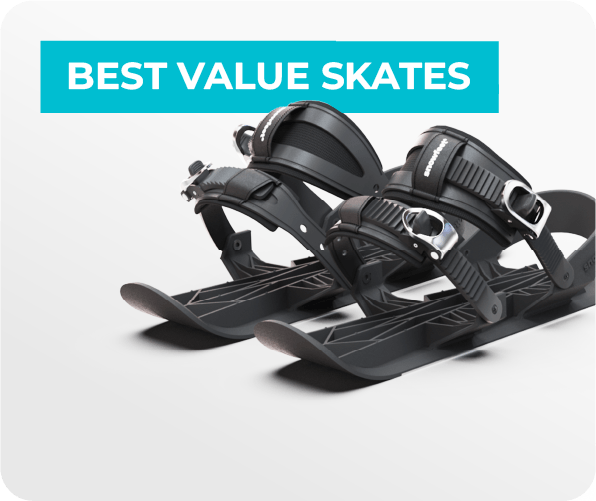



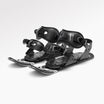
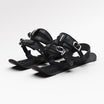
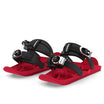
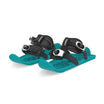

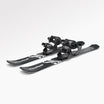

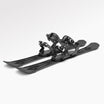
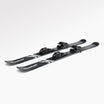






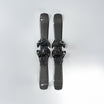

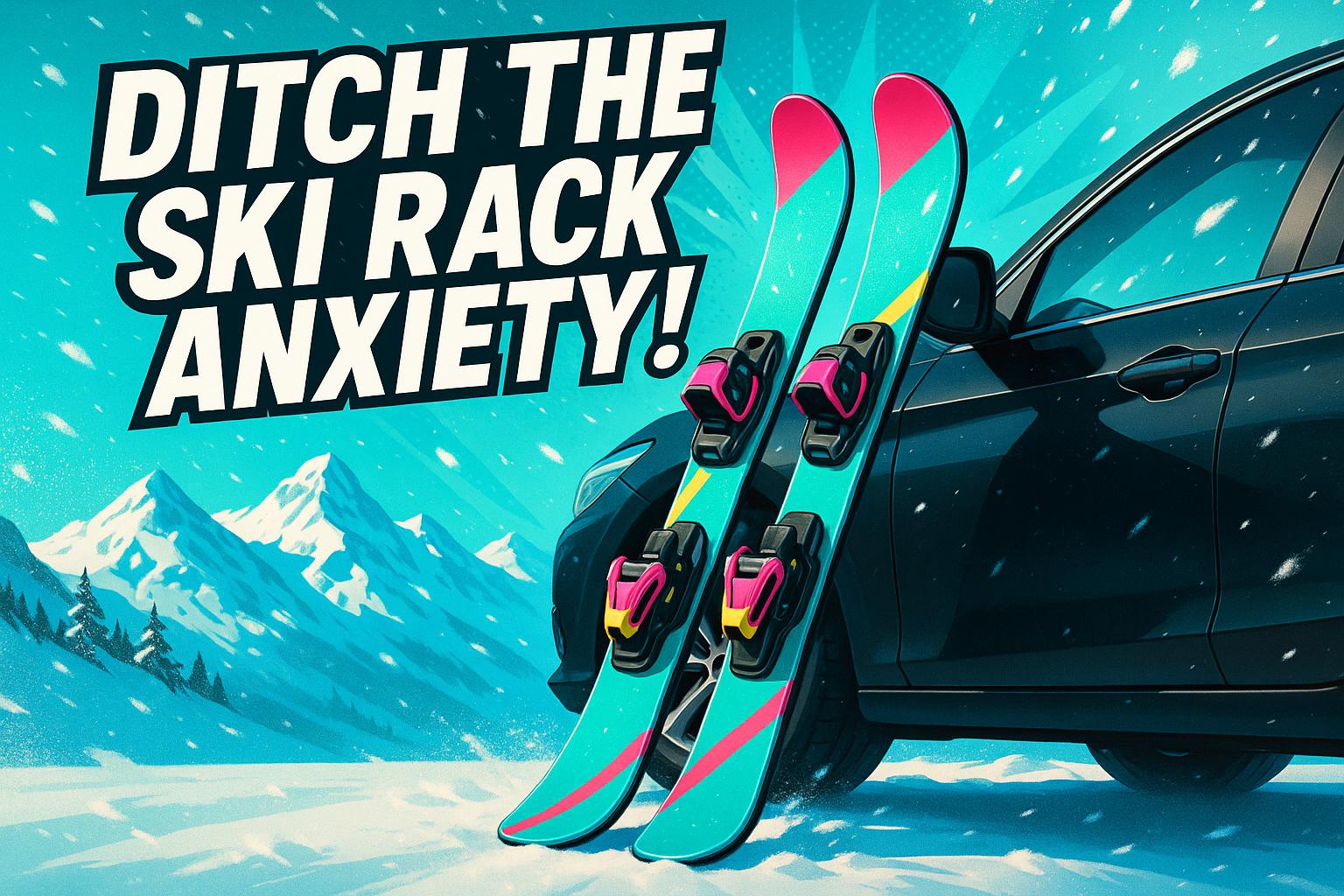

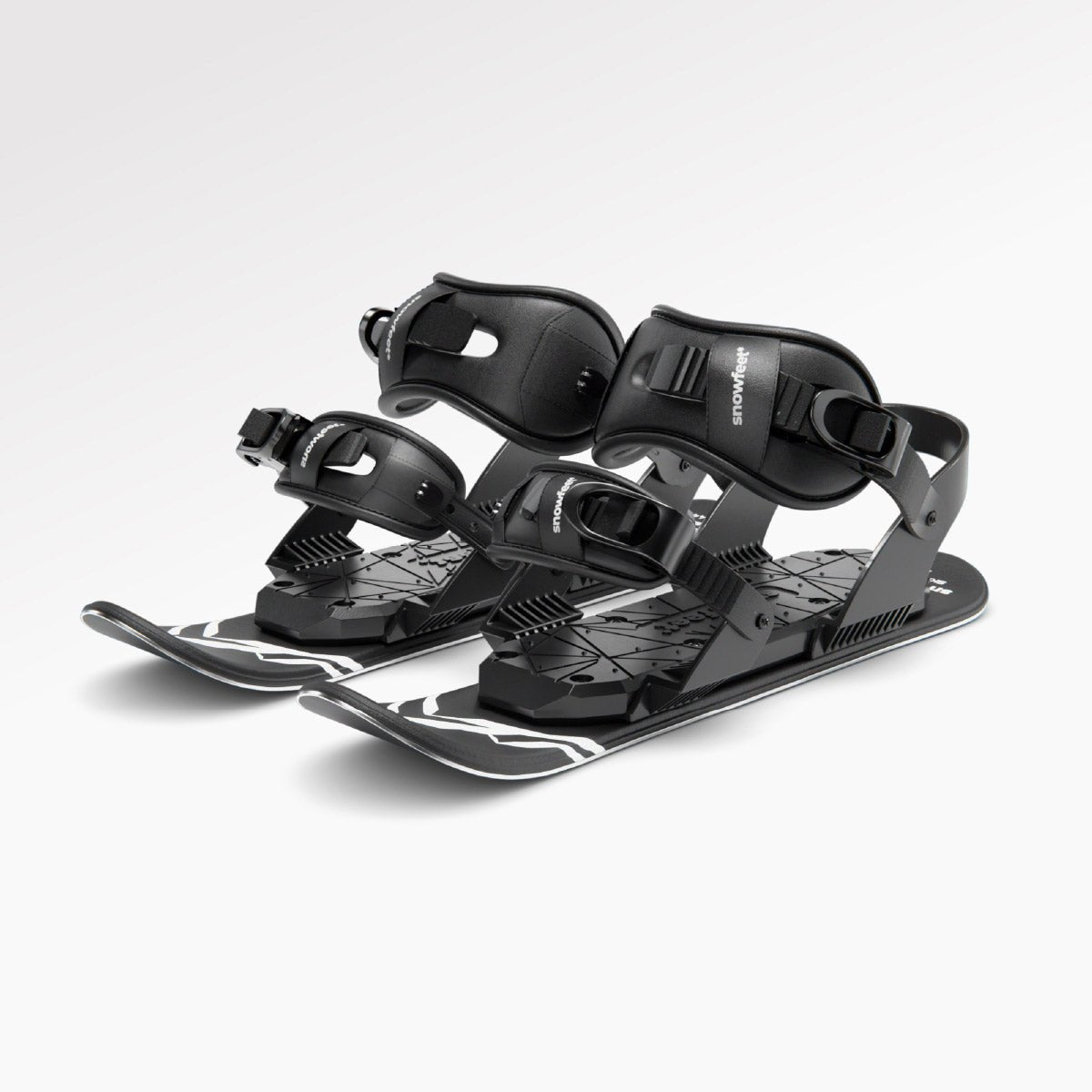
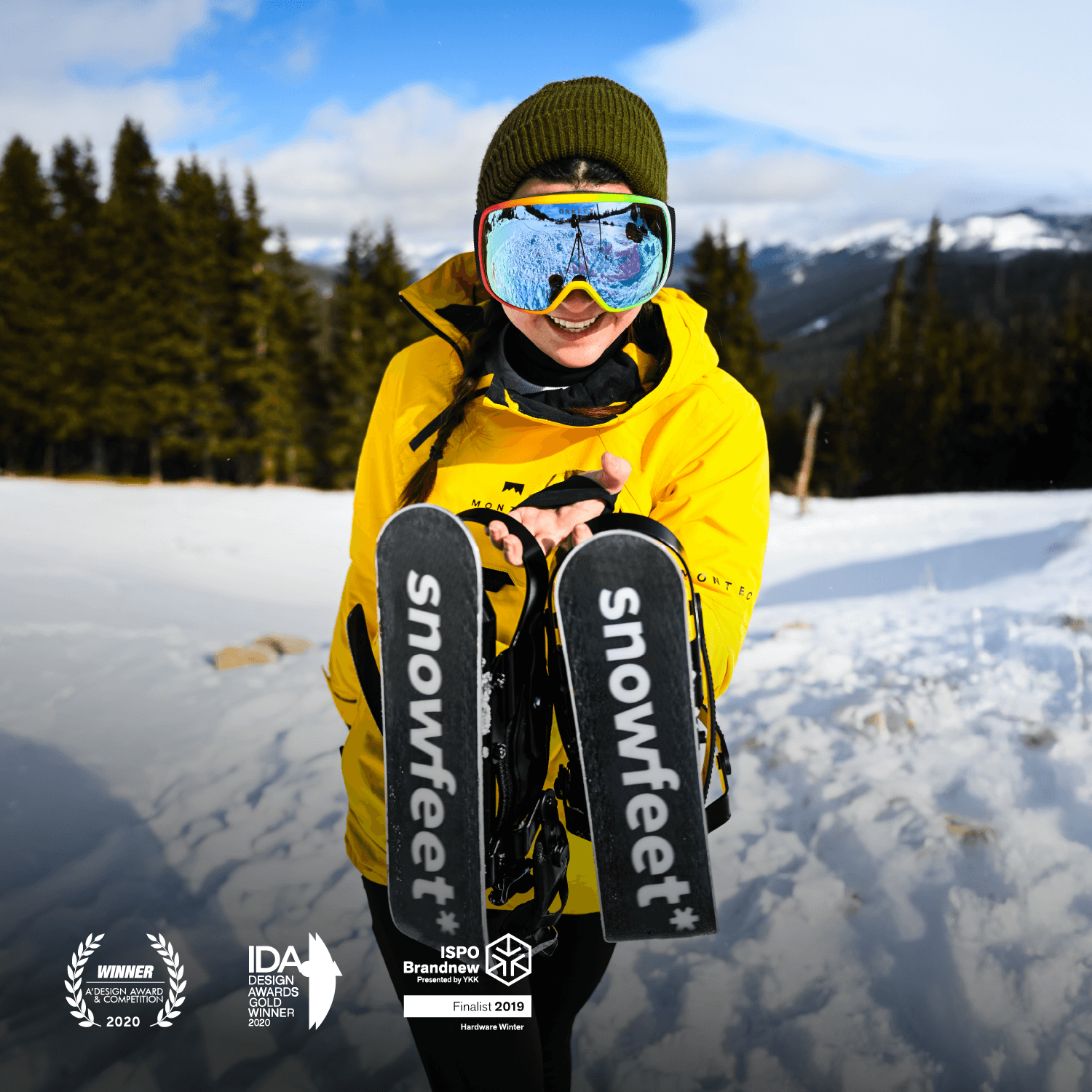
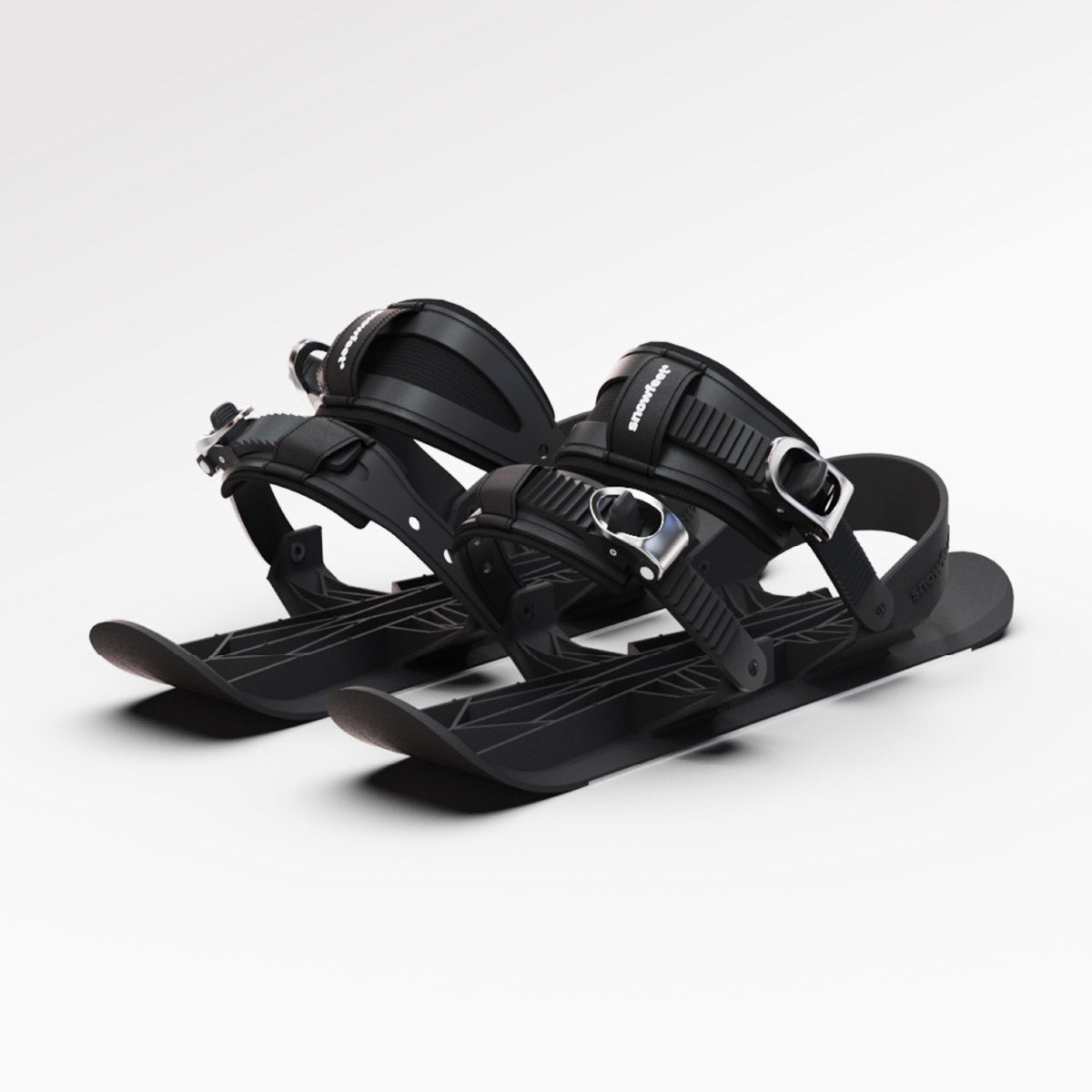

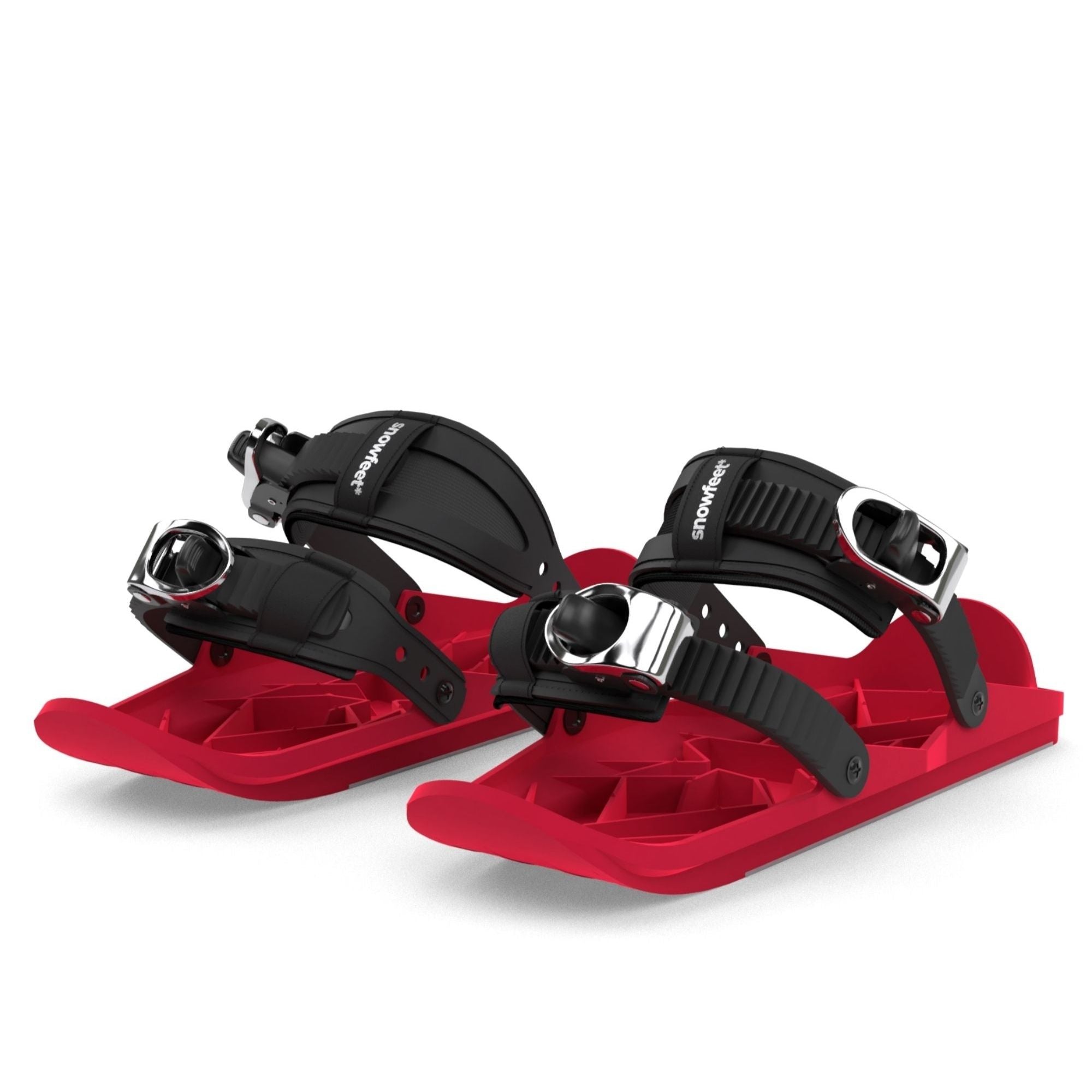
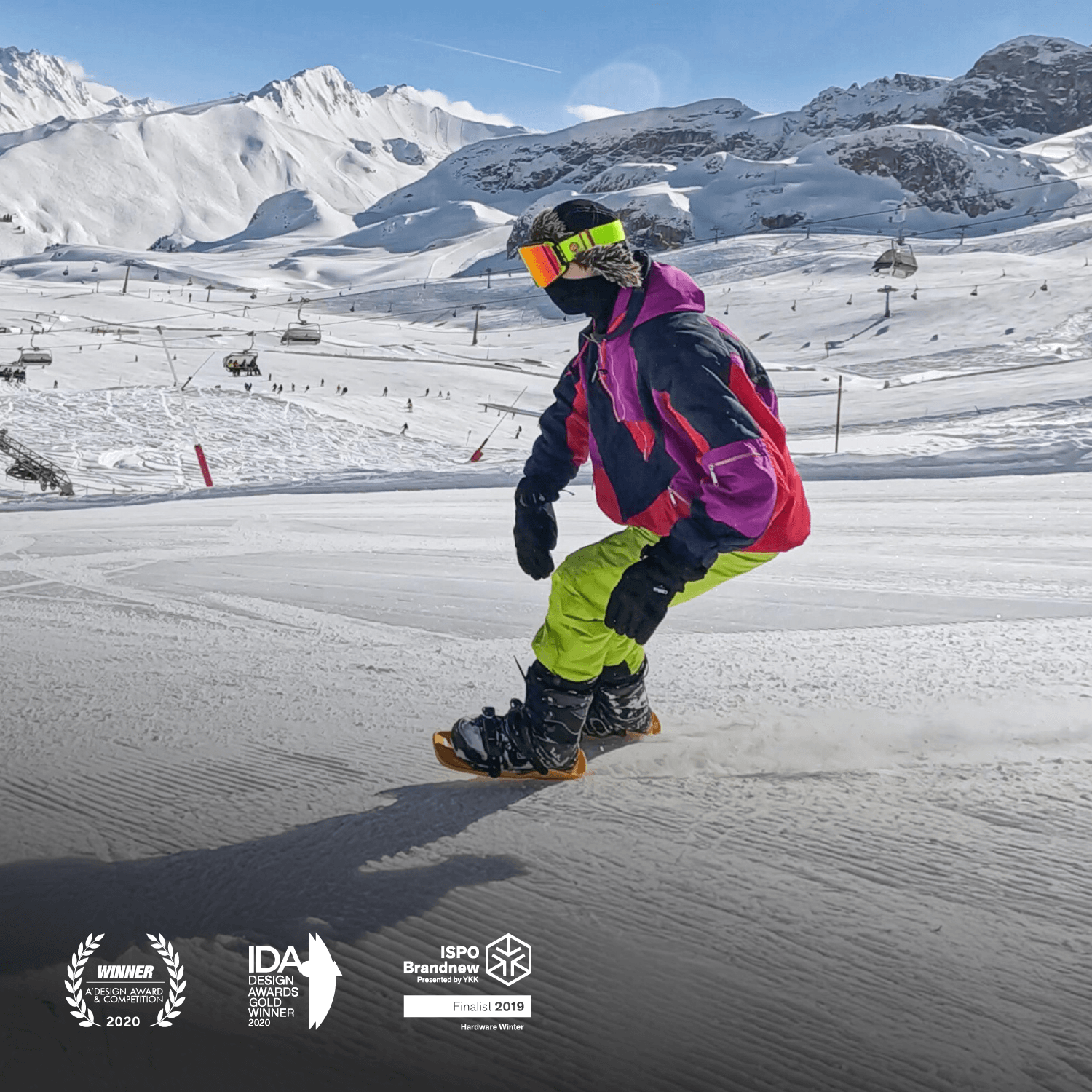


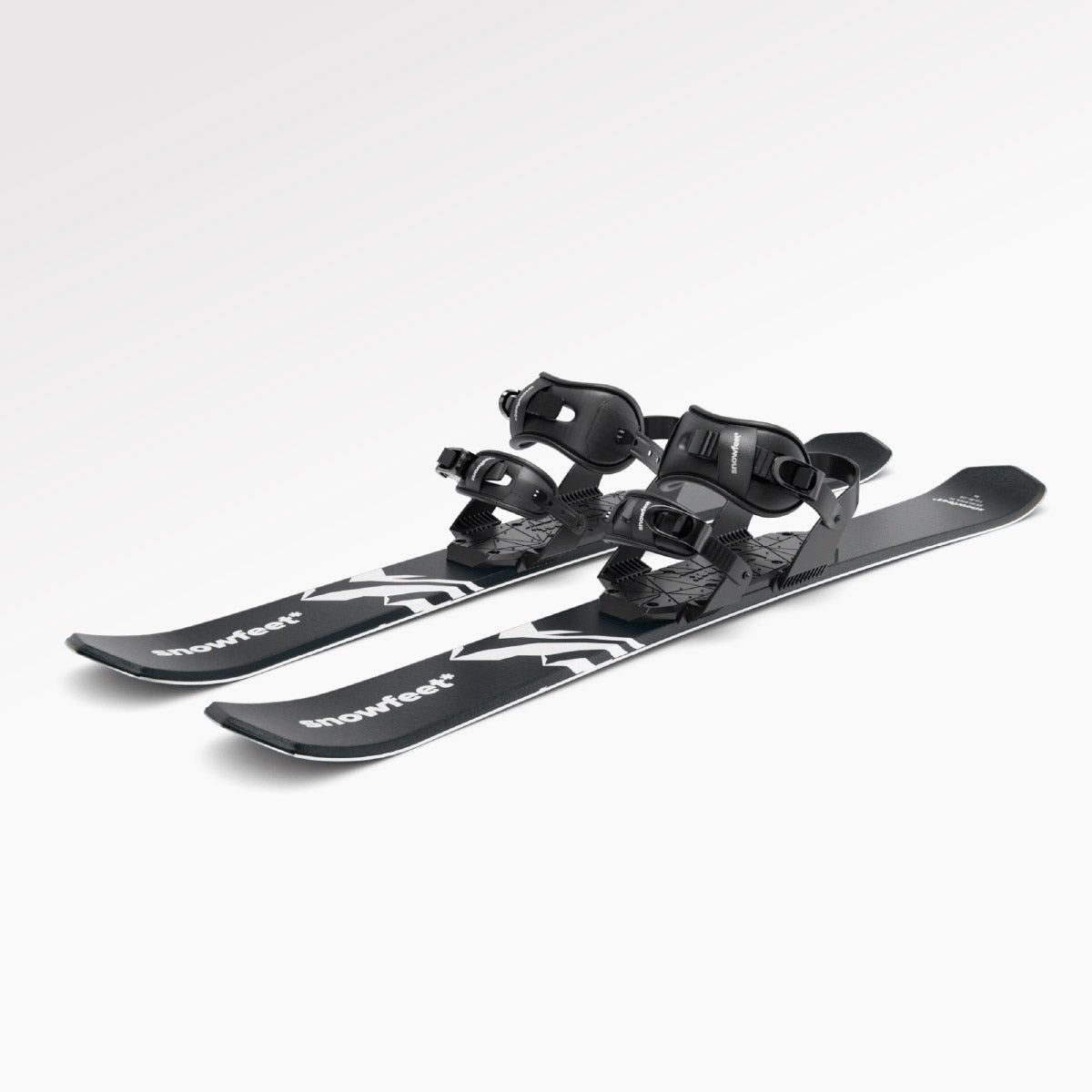
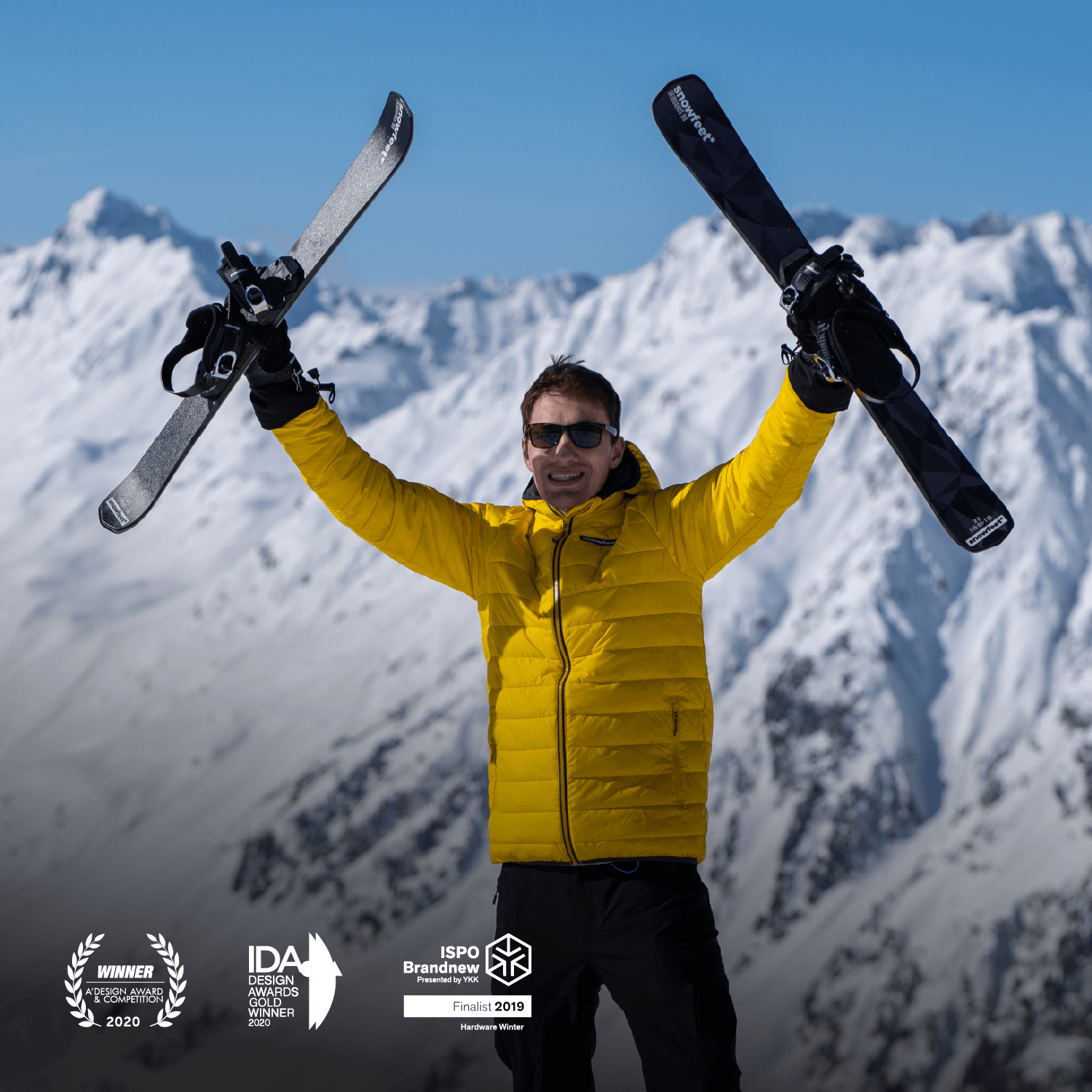
Leave a comment
This site is protected by hCaptcha and the hCaptcha Privacy Policy and Terms of Service apply.